The Korean Drama 'THE HEIRS' 2013 Now Features Top Actors, If Rebooted in 2025 It Will Be Very Different
All the cast of THE HEIRS are now top actors, the 2025 version might only feature main actors.
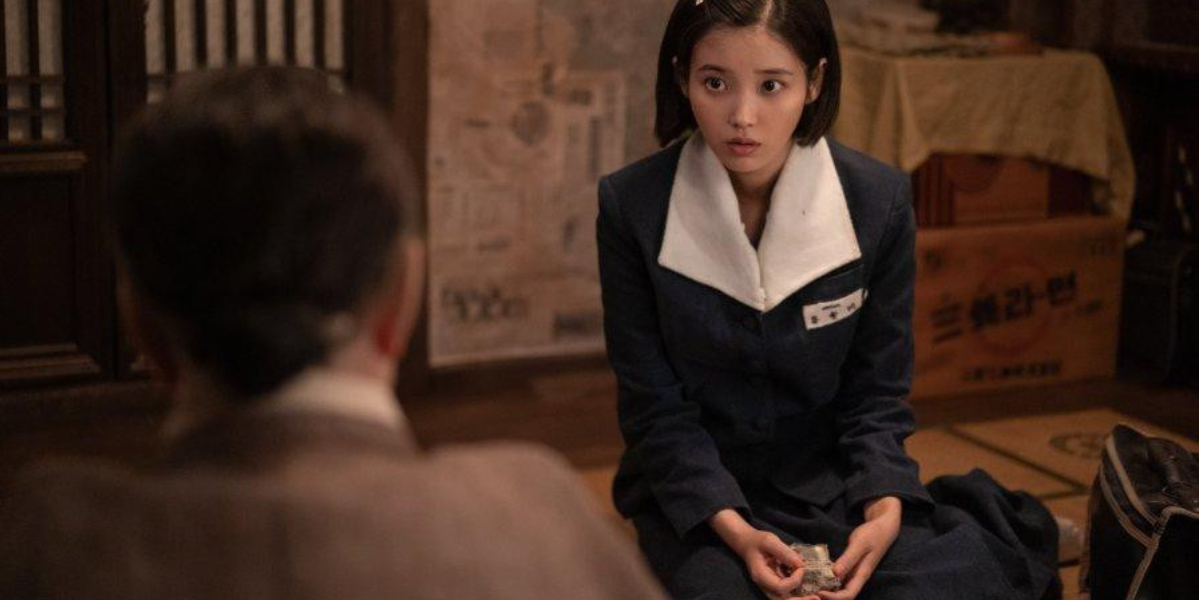
When watching the Korean drama titled WHEN LIFE GIVES YOU TANGERINES, many viewers are curious about the simple wooden fence in front of Ae Sun's house. The fence appears to consist of three horizontal wooden bars, rather than a tall fence or a grand gate as is usually seen. Although it looks simple, this element is not just an additional property in the drama's setting.
This fence actually contains strong cultural values and plays an important role in the traditions of the Jeju community. Known as jeongnang, this type of fence represents an open way of life, a symbol of communication, and deeply rooted trust within the local community. This drama successfully weaves traditional philosophy into modern narrative in a subtle and meaningful way.
Through this wooden fence, WHEN LIFE GIVES YOU TANGERINES introduces viewers to the local values of Jeju that may be rarely known. Not only does it serve as a visual enhancement, but Jeongnang also becomes an important part of the story that connects the past and the present.
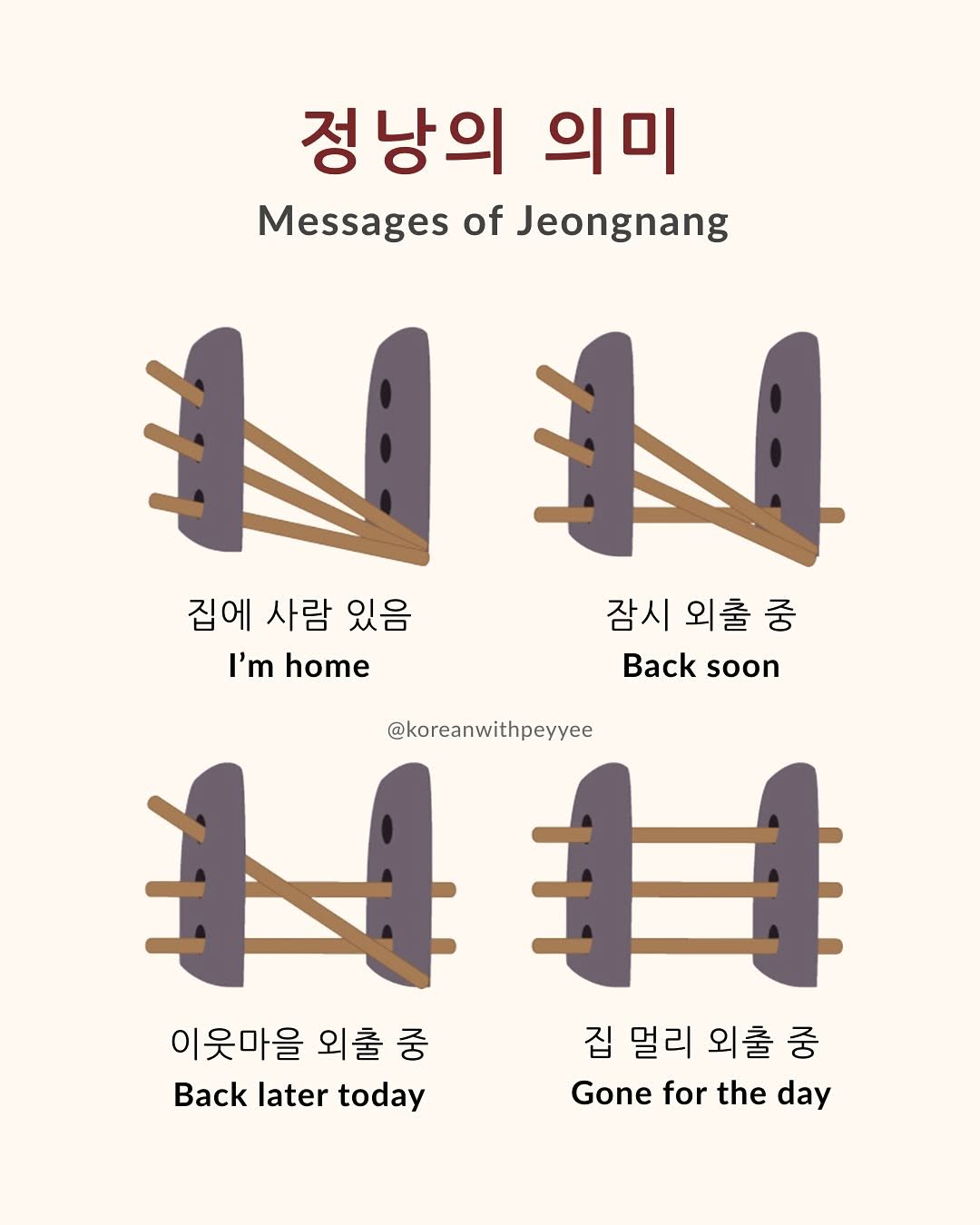
The Meaning of Wooden Fences in the Korean Drama When Life Gives You Tangerines (credit: instagram/koreanwithpeyyee)
Jeongnang is a traditional fence commonly found in houses on Jeju Island, South Korea. This fence consists of two stone pillars and three wooden rods arranged horizontally, which can be assembled and disassembled as needed.
Its function is not to prevent people from entering but to symbolically communicate the presence of the house's occupants. Additionally, this fence is also used to keep livestock such as cows and horses from entering the yard.
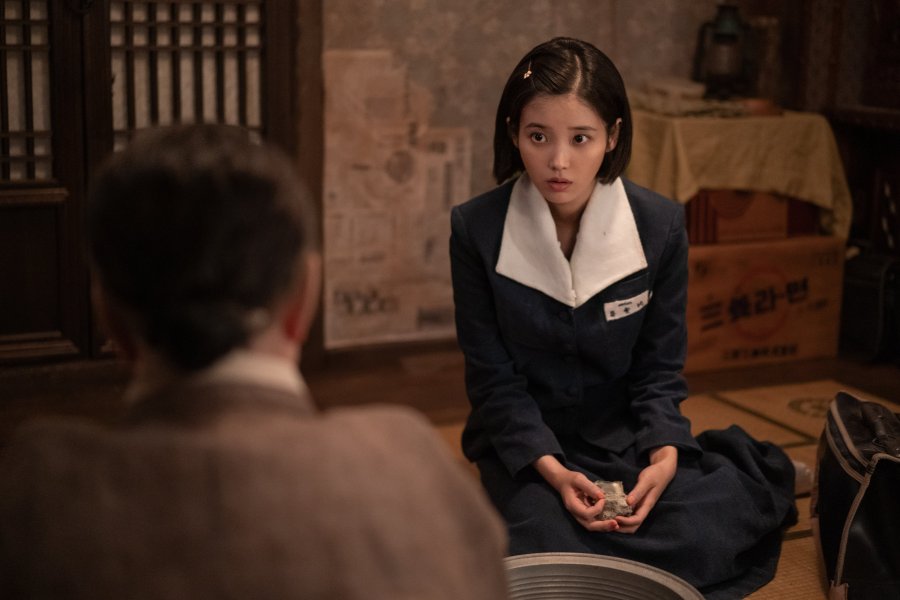
The Meaning of Wooden Fences in the Korean Drama When Life Gives You Tangerines (credit: mydramalist)
The arrangement of wood on the Jeongnang is not just for decoration, but conveys a message to the surrounding community. When all the wooden rods are in place, it indicates that the homeowner is traveling far and the house is empty.
If only one rod is removed, it means the homeowner is out for a short while. Meanwhile, if all the rods are removed from one side, it signifies that the homeowner is at home.
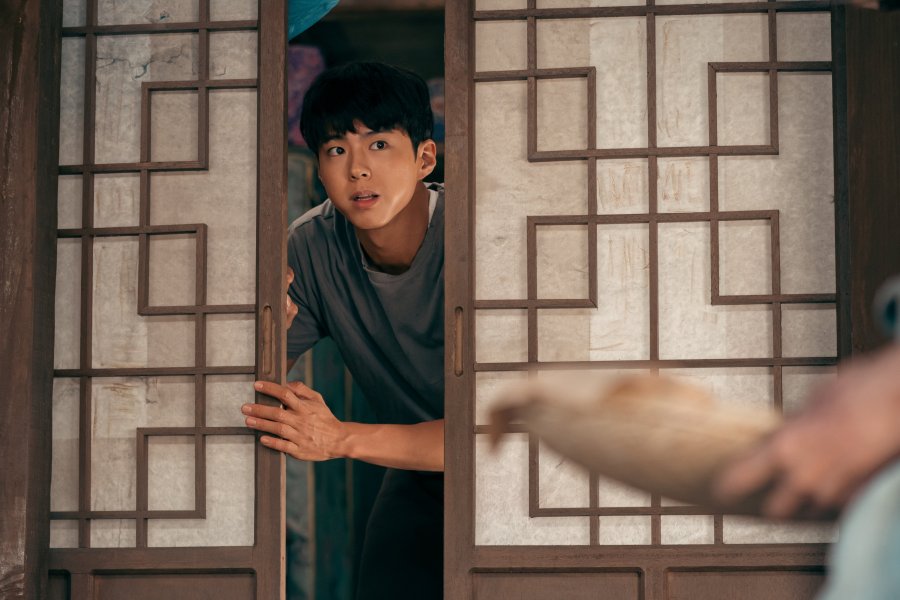
The Meaning of Wooden Fences in the Korean Drama When Life Gives You Tangerines (credit: mydramalist)
Jeongnang is not just a traditional symbol, but also reflects the lifestyle of the Jeju people who prioritize openness. The absence of high fences or gates reflects a life philosophy that is not shrouded in suspicion towards others.
In Jeju culture, there is a term "sammudo" which means an island without three things: without gates, without beggars, and without thieves. This describes a life that is peaceful and trusting, which is still maintained to this day.
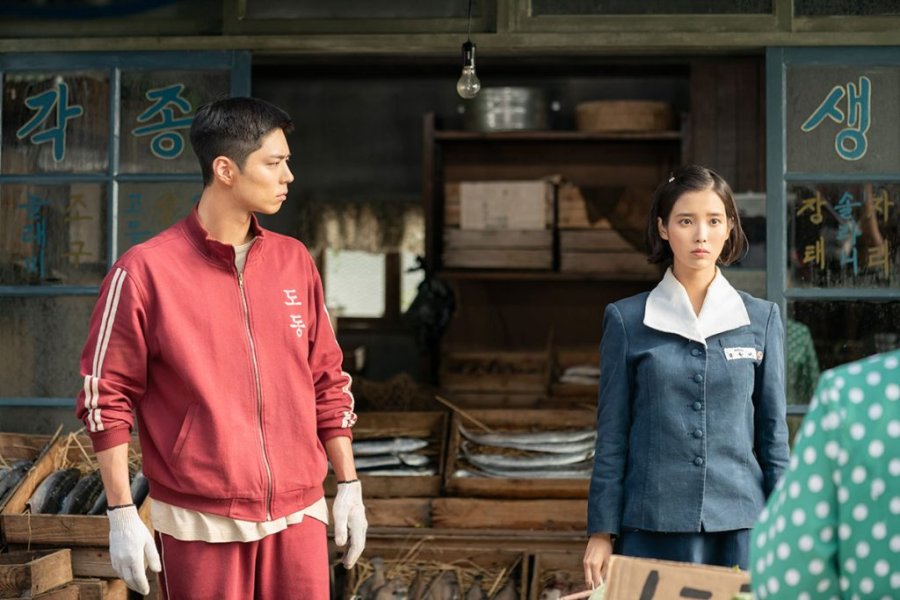
The Meaning of Wooden Fences in the Korean Drama When Life Gives You Tangerines (credit: mydramalist)
WHEN LIFE GIVES YOU TANGERINES carefully weaves local cultural elements into the modern story being told. Jeongnang becomes a tangible representation of how tradition can remain alive in the flow of contemporary life.
Through details like this wooden fence, the audience is invited to understand simple yet meaningful local values. The presence of Jeongnang in Ae Sun's home reinforces the story's character that elevates peace and togetherness as core values.
Even though the modern world continues to evolve, Jeongnang becomes a symbol that the values of the past can still coexist with the changes of the times. This drama successfully demonstrates that traditions do not have to be abandoned; instead, they can be nurtured and presented in a contextual manner.
By focusing on the simple wooden fence, WHEN LIFE GIVES YOU TANGERINES presents a touching visual narrative that implies local wisdom. Each wooden post becomes a symbol of unspoken communication and respect for ancestral values.
Jeongnang is a traditional wooden fence from Jeju used to indicate the presence of the homeowner.
The removed wood indicates the status of the house's occupants, whether they are at home, out for a short while, or gone far away.
Want to read more news related to Korean dramas? Let's read now at KapanLagi.com. If not now, when?
(kpl/sjn)
Cobain For You Page (FYP) Yang kamu suka ada di sini,
lihat isinya
All the cast of THE HEIRS are now top actors, the 2025 version might only feature main actors.
The rumor of a relationship between Kim Sae Ron and Kim Soo Hyun has resurfaced following claims from YouTuber Lee Jin Ho. The family of Kim Sae Ron firmly denies this with evidence and a timeline they possess.
Let's take a look at some photos from the Malaysian series, W: Two Worlds!
The drama "FIRST RIDE" will feature Kang Ha Neul, Cha Eun Woo, and other stars in a story of adventurous friendship.
Park Shin Hye looked stunning at Incheon International Airport with a simple yet elegant style. Her fresh and youthful appearance immediately caught the attention of netizens!
Cha Eunwoo is reported to take on the lead role in the film FIRST RIDE.
Lee Jin Ho is causing a stir again after releasing a new video about Kim Sae Ron and Kim Soo Hyun, even though he was previously prohibited from discussing the late actress. In his video, the YouTuber talks about the love story of both artists between 2016 and 2019. Let's check it out!
Han So Hee steals the spotlight in SoHo, New York, with her effortless style and fashion magazine photoshoot vibes! Let's sneak a peek at her super cool appearance!
A lineup of top singers such as Winter aespa, DK SEVENTEEN, and D.O. fills the OST of RESIDENT PLAYBOOK, the highly anticipated K-pop drama.
Park Hae Joon suddenly went viral because of his youthful visuals that made netizens lose focus. This uncle proves that his handsomeness knows no age!
The drama WHEN LIFE GIVES YOU TANGERINES dominates the nominations for the 61st Baeksang Arts Awards with eight nominations.
The "Kim Soo Hyun Prevention Act" petition, which proposes raising the age of criminal liability for offenders against children, has now gathered over 53,000 signatures.